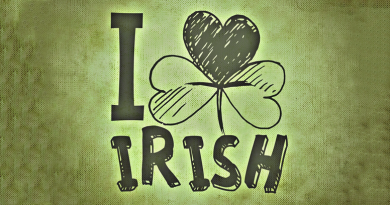Your esteemed and gracious host - me - is - am - learning to teach English. Speak English good. Am teachicator.
I help you now to English teach.
Speak English well-ly. Welly. Welly good indeed.
English teach.
The.
Now I tell you how do this.
Translated from the "English" by the Non-Drunkard Society of Oxford.
1. LEARNING THE STUDENTS' NAMES
Students often have names. Sometimes they are not proper names, like Owen, or, oh, say, Owen. Sometimes they are strange names like "Manuel" or "Ju Qie". These students are Trying It On (jargon (TM)) and should not be tolerated. Therefore, start by renaming your students as seems appropriate. Students like nouns. Therefore, they will appreciate being named after nearby objects. The long road of learning English seems much more appealing once you are the proud owner of a moniker such as "table", "whiteboard" or "teacher's breasts". Alternatively, give all your students the same name, such as "Owen". This way you ensure all your questions will be answered promptly and in a suitably persecuted and terrified fashion by everyone simultaneously.
2. READING
Reading is the easiest task for students to learn. If they do not know the alphabet they are probably handicapped and should have the more useful letters tattooed about their person. Any evidence of foreign (jargon (TM)) alphabets should be burned, as they cannot be assumed not to contain harmful magic sigils.
Course texts should be chosen carefully and read only by the teacher, so as not to wear out the words. Long words, being hardier, can be shown to the most able students, but only in reduced lighting conditions. Be sure to refuel the books afterwards by pouring ink in through a straw.
3. WRITING
Writing is a difficult task that requires specialist equipment. Simple words are not hard to obtain, and can be farmed in a similar manner to domestic animals or livestock. Remember to scrub words down carefully after use, to remove lice and punctuation.
Harder words must be hunted. Equip your students with throwing pencils and .22 fountain pens at first. Once they have caught a couple of words, give them a go at the Comma Cannon. Words above nine letters are clearly deranged and should not be approached.
Once the words have been obtained, by rearing or by the vicious killer instinct that lurks hidden by an illusion of civilisation mere inches within the breast of every man, they can be placed on the page. The best method is to nail them in place. For this we recommend nails.
4. LISTENING
As if.
5. SPEAKING
Students' mouths appear to work in the same way as yours or mine. However, you will notice that they speak other "languages" (jargon (TM)). This is Barbarism (jargon (TM)) and must not be tolerated. Cut this out early on, root and branch, and probably tongue and lips too. Teeth can be removed with a stout pair of pliers. The immediate effect is remarkable. Students will instantaneously attain a vocabulary of simple words, such as "ow".
If speaking persists, consult your physician.
6. CONCLUSION
Through this method, which has come to be known (within the last five seconds) as the Owen Method (ineffable genius (TM)), you will learn to teach the English using this method, the Owen Method. English is a non-inflected Indo-European language. See appendix 1 for ALL THE WORDS.
ERRATA
For "student" read "teacher".
For other words, do not read.
How to Teach
What do you think, did we get it right? Comment here...
Popular Content
WANT MORE FUNNY LIKE THIS? FOLLOW US ON FACEBOOK









